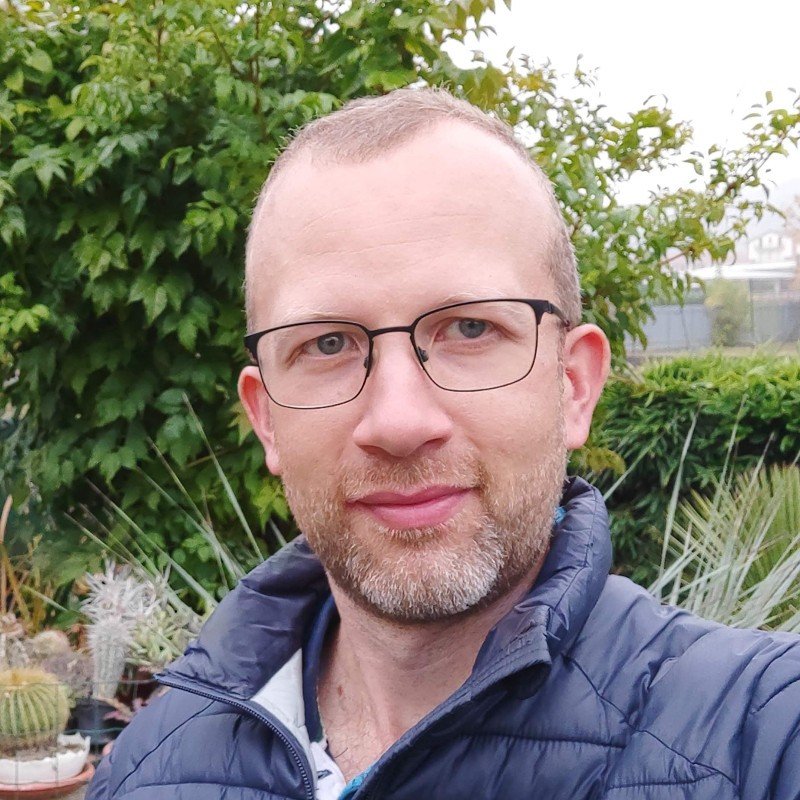Key Facts

Abstract:
The MAPK/ERK and the PI3K/Akt pathways are among the major transducers of tyrosine receptor signaling, and play major roles in development, homeostasis and cancer. Recently, fluorescent biosensors of ERK and Akt activity have unveiled the temporal dynamics of these two pathways at the single cell resolution.
Thanks to these molecular tools, we discovered that apoptotic cells trigger collective ERK/Akt activity waves which radially propagate to the neighboring cells in epithelial systems. These waves control epithelial homeostasis by coordinating the spatiotemporal occurrence of apoptotic events. We have also found that ERK activity waves control mammary acini morphogenesis. In this context, the ERK activity waves serve as a geometrical cue that coordinates single-cell ERK pulse frequency in space and time, organizing the lumen formation of mammary acini. In an epithelial cancer model, we show that the PIK3CA H1047R oncogene triggers oncogenic ERK waves. These waves alter mammary acini morphogenesis, promote growth factor-independent cell cycle progression, and resistance to chemotherapy. Currently, we are exploring how to target ERK activity waves to improve the response to therapy against cancer.
In summary, by studying the dynamics of the ERK and Akt activity pathway at the single-cell resolution, we shed light on elusive collective signaling waves that play a major role in tissue homeostasis, morphogenesis, and cancer. This demonstrates the inherent power to study the dynamics of signaling transduction at the single-cell resolution.
Bio:
Paolo Armando Gagliardi completed his studies in Biomolecular Sciences and obtained his PhD in Molecular Medicine from the University of Torino in Italy in 2012. During his PhD and postdoc, he conducted research at the Candiolo Cancer Institute, a cancer research hospital near Torino. This work was carried out under the supervision of Prof. Luca Primo, where he focused on studying the role of kinases and integrins in various aspects of cancer, including tumor growth, cancer cell migration, invasion, epithelial homeostasis, molecular angiogenesis, and the response to targeted therapies. Since 2017, he has been working at the University of Bern in Switzerland, under the supervision of Prof. Olivier Pertz. At the University of Bern, he has studied single-cell signaling dynamics using fluorescent biosensors and optogenetics. Notably, his research led to the discovery of waves of ERK and Akt kinase activity that control epithelial homeostasis and 3D morphogenesis. Additionally, he has contributed to the development of methods for exploring and analyzing single-cell signaling trajectories.

